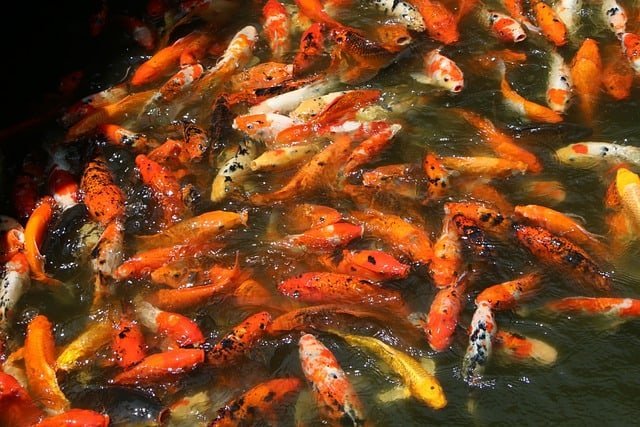Aquaponics:
Any practice that combines aquaculture with hydroponics in a symbiotic controlled environment can be termed as aquaponic.
One of the neatest things about Aquaponics is that it mimics a natural ecosystem.
If put simply, it utilizes the water filled with fish wastes to fertilize the plants, and then the filtered water is recirculated back to the fishes. one person’s trash is another’s treasure.
How it works:
Firstly, it uses no chemicals. Secondly, it uses much less water, typically about 90% less. The golden ingredient is bacteria. Fishes are reared in tanks. The fish excrete waste and respire carbon dioxide. They cannot live in this polluted water unless it is cleaned of these toxins. This polluted water is pumped into a bio-filter which sustains colonies of bacteria like Nitrobacter and Nitrosomonas.
Plants directly cannot use ammonia unless it is in the form of ions so these bacteria convert the ammonia present in the water into nitrates and nitrites. This nitrate-rich water is introduced to hydroponically grown plants where their bare roots absorb nitrates from it. The water gets cleared of nitrogenous wastes and before pumping it back into the tank, it is aerated which removes carbon dioxide and dissolves fresh oxygen into it.
Components:
- Fish-culture tank – Where fish are reared
- Biological and mechanical filter – To turn the ammonia into nitrates and nitrites.
- Hydroponic unit – To grow and supply the plants with the dissolved nutrients.
- Sump tank with pump – To collect the clean water.
- Aerator – For the aeration of water.
What can you grow?
It is mostly recommended to grow small greens and leafy vegetables because they have a low nutritional requirement. Also, keep in mind the temperature requirements of both plants and fishes. You can grow veggies like lettuce, swiss chard, kale, spinach, collards, coriander, oregano, parsley, thyme, bell peppers, tomatoes, cucumbers, beets, radishes, carrots, spring onions, leeks, beans, peas, okra, kohlrabi, cabbage, broccoli, cauliflower, and aloe.
Edible and decorative flowers are also easy to grow.
Many warm-water and cold-water fish species can be reared in aquaponics systems. The most commonly cultivated fish in aquaponics systems are tilapia, trout, cod, barramundi, bass, Arctic char, and perch. Tilapia thrives best because they are tolerant of fluctuating water conditions, such as fluctuations in temperature, pH, oxygen, and dissolved solids. Many species of shrimps and snails are also being grown.
Benefits:
Who doesn’t know the benefits of hydroponic system? The benefits of aquaponics are same but with some extra plus.
- The biggest benefit is that you can grow your own fish and vegetable at the same time.
- No large space is required and output is maximum.
- There is no need to use fertilizers or chemicals (pesticides or herbicides) for that matter. The only input is fish feed and the outputs are totally organic.
- Aquaponics uses water more efficiently than any other modern cultivation system.
- Plant growth rate is accelerated.
- The effluents are utilized and reduced or eliminated.
- There is no soil borne diseases or weeds due to the controlled environment.
- Fast year-round production.
- Integrated system is sustainable and earth-friendly.
- Aquaponics is very cost effective all together.

